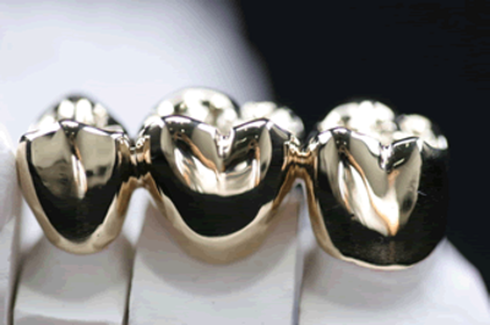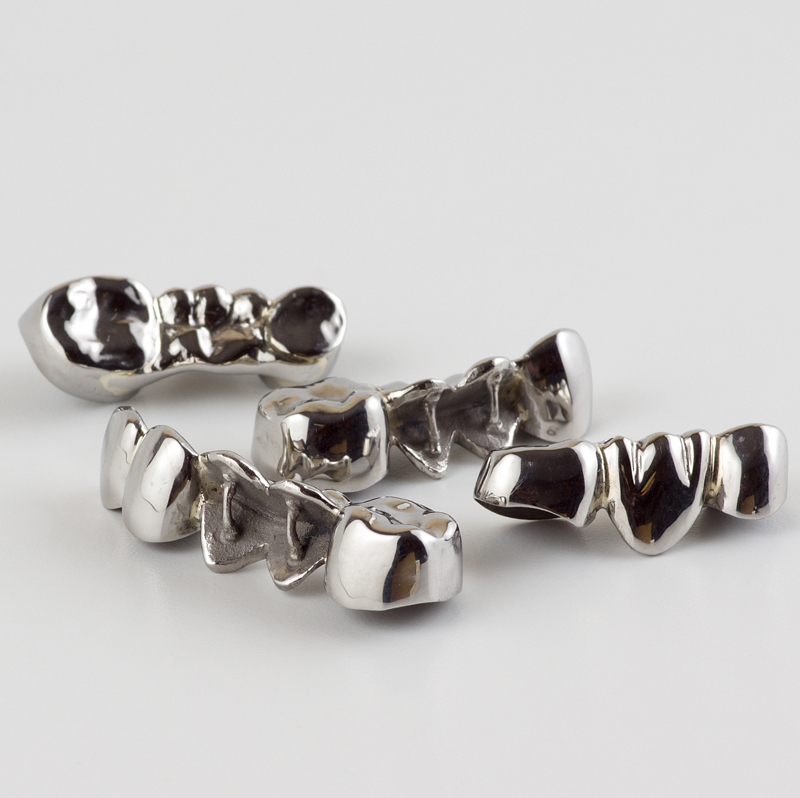Full cast crowns are a popular choice in dentistry, providing durability and strength for patients requiring restorative dental work. At Pilotage Dental, we specialize in crafting high-quality full cast crowns that ensure both functionality and aesthetics. In this article, we will explore the meticulous process involved in creating full cast crowns, highlighting their benefits and applications.
What Are Full Cast Crowns?
Full cast crowns are dental restorations made entirely from metal, often gold or other alloys. They are designed to cover a damaged or decayed tooth, providing strength and protection while restoring its shape and function. These crowns are particularly suited for posterior teeth due to their robust nature.

The Process of Making Full Cast Crowns
1.Initial Consultation and Tooth Preparation:
The process begins with a thorough examination by the dentist. After determining that a full cast crown is the best option, the dentist will prepare the tooth by removing any decay and shaping it to accommodate the crown. An impression of the tooth is then taken to ensure a perfect fit.
2.Creating a Dental Impression:
The dentist uses a soft, pliable material to create an accurate impression of the prepared tooth and surrounding gums. This impression is crucial as it serves as a mold for the crown.
3.Fabrication of the Crown:
The impression is sent to our dental laboratory at Pilotage Dental, where skilled technicians use advanced techniques to create the crown. The process typically involves the following steps:
Wax Pattern Creation: A wax pattern of the crown is formed based on the impression. This pattern is shaped to match the desired contours of the final crown.
Investing: The wax pattern is encased in a material that hardens, creating a mold for the crown.
Burnout: The mold is heated to eliminate the wax, leaving a cavity in the shape of the crown.
Casting: Liquid metal is poured into the mold to create the crown. Gold or other metal alloys are commonly used for their strength and biocompatibility.
Finishing: Once the crown has cooled and solidified, it is removed from the mold and polished to achieve a smooth finish.

4.Fitting and Final Adjustments:
The dentist will then place the crown on the prepared tooth to ensure a proper fit. Minor adjustments may be made to ensure comfort and functionality. Once satisfied, the crown is cemented in place.
Benefits of Full Cast Crowns
Durability: Full cast crowns are incredibly strong, making them ideal for teeth that endure significant pressure, such as molars.
Biocompatibility: The materials used are well-tolerated by the body, reducing the risk of allergic reactions.
Longevity: With proper care, full cast crowns can last many years, making them a cost-effective solution in the long run.
Customizable: Full cast crowns can be designed to fit seamlessly into a patient’s smile.
Conclusion
At Pilotage Dental, we pride ourselves on using the latest technology and techniques to create high-quality full cast crowns tailored to each patient’s needs. If you’re considering full cast crowns for your dental restoration, our experienced team is here to guide you through every step of the process. Visit Pilotage Dental for more information on our services and to schedule a consultation. Experience the difference with our expert craftsmanship and commitment to patient satisfaction.




